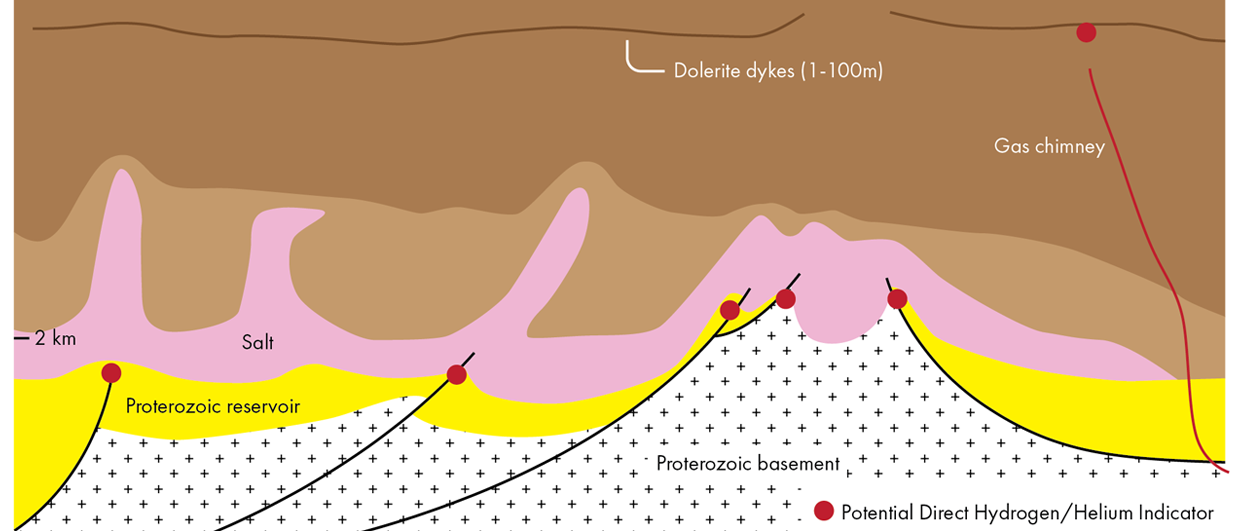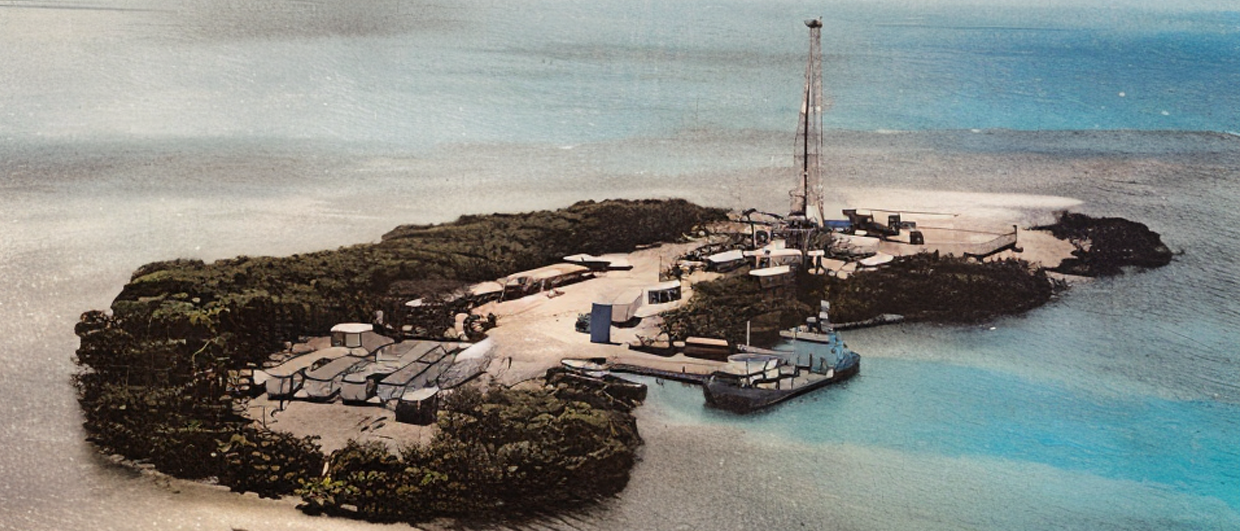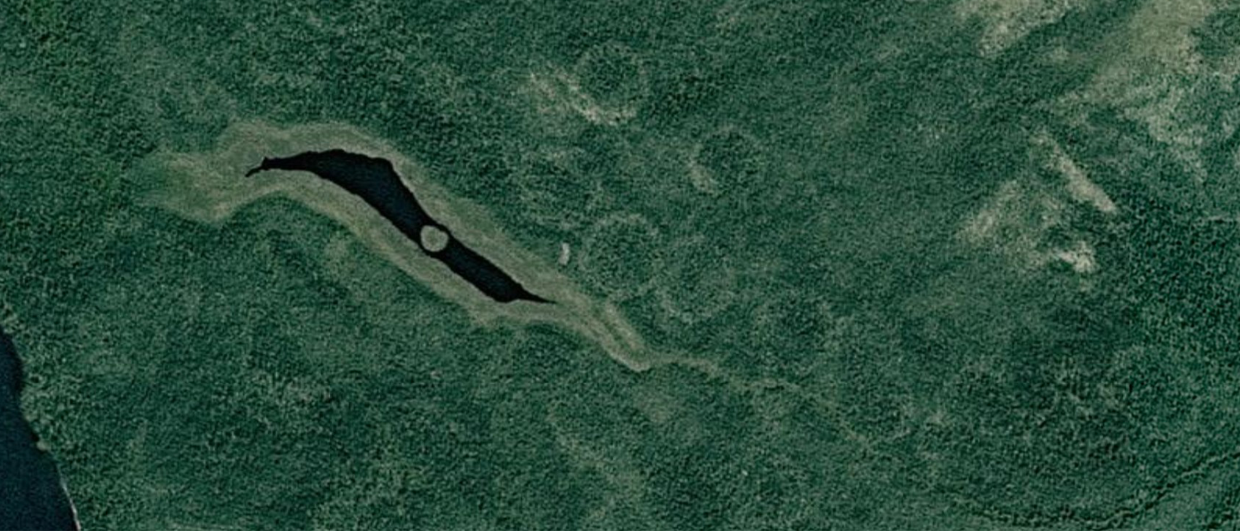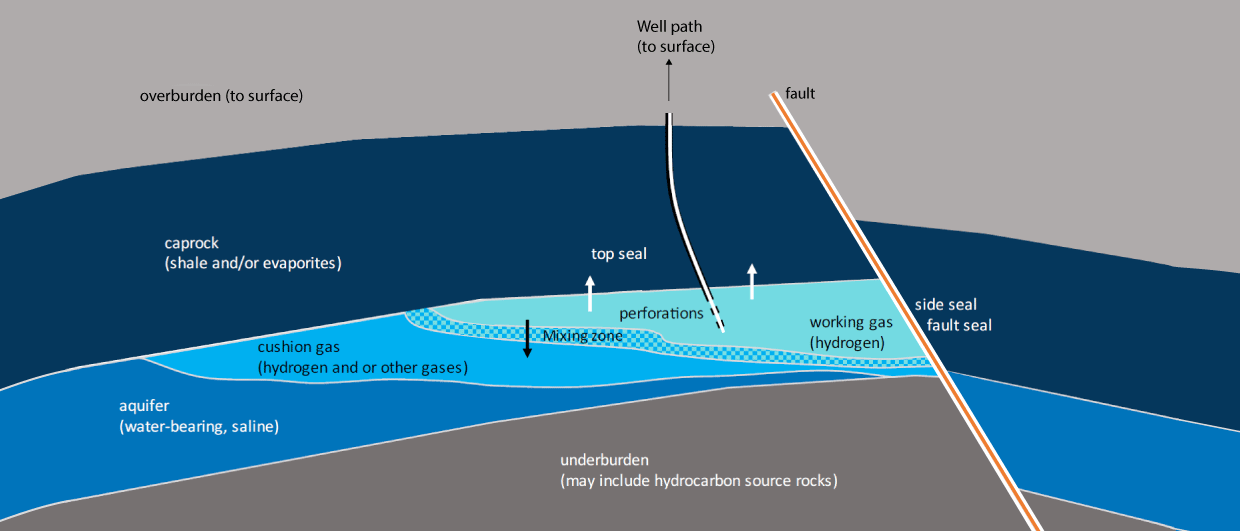“A great talk!” I looked at the notes I took during Brian Evans’ talk at the AAPG ICE Conference in Madrid in November last year. It was a great talk because the presenter from Curtin University in Perth was so passionate about the things he spoke about. And it is a good story for sure.
Brian worked for Shell more than 40 years ago, and in that role, he helped acquire seismic lines in the Officer Basin in Western Australia. At the time, nobody was interested in hydrogen, it was oil they were after in this Neoproterozoic basin that is characterised by an evaporitic succession of more than 700 million years old.
In those days, common belief was that the prospective strata were situated in the overburden of the evaporites, so the few wells that were drilled did not penetrate the salt. Pre-salt oil was unheard of and, in addition, it is unlikely that any source rock of more than 700 million years old would have survived anyway.
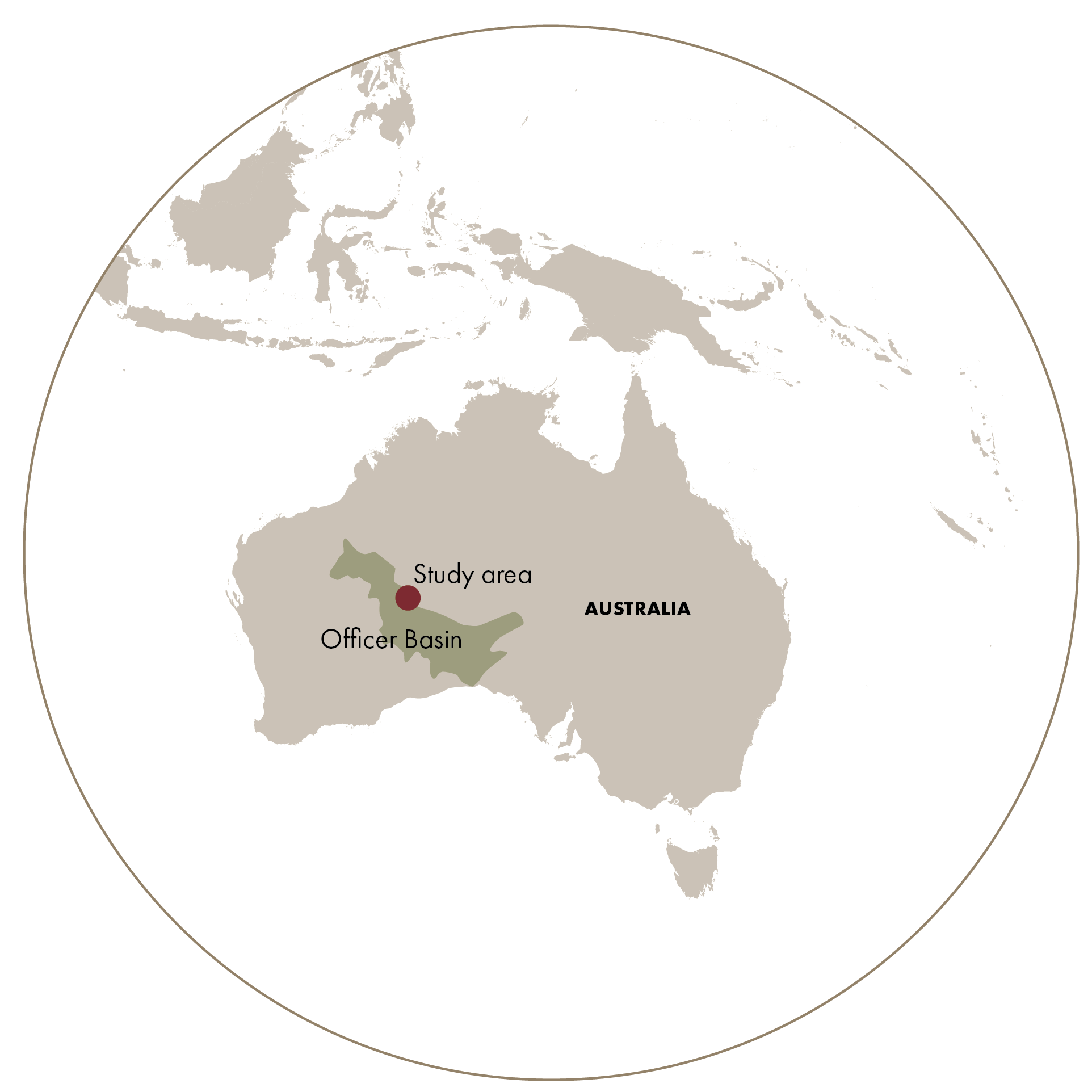
But times have changed, and in response to the increasing interest in hydrogen, Brian remembered the seismic lines he looked at more than 40 years ago. When he downloaded the data, and made an inventory of the key elements a hydrogen play requires, he got more and more excited, to the point where his heart rate increase resulted in receiving some medication… The seismic namely shows some bright spots below the evaporites, in a succession that is supposed to host reservoir sands, as well as below the dolerite dykes in the overburden. He even interpreted gas chimneys in some of the lines.
When combining these observations – the presence of fractured basement, a Proterozoic reservoir, sealing evaporites, dolerite dykes and indicators of gas migration, Brian concluded that there is surely potential for a hydrogen play in this basin. After all, the setting is similar to Mali where hydrogen also seems trapped in dolerite dykes.
Brian’s work was picked up by a UK-based company called Georgina Energy Plc, which now aims to deepen one of the wells previously drilled in the Officer Basin – Hussar-1. The plan is to drill through the salt and test the Proterozoic sandstone below. According to Georgina Energy, the sub-salt closure has the potential to hold up to 173 billion cubic feet of hydrogen, with Helium also being a likely gas to be found.
However, before drilling can take place, the closure would ideally require more of a mapping exercise, as the legacy seismic lines have a large spacing of between 30 and 50 km. In addition, the shallow and deep gas indicators will need proper AVA/AVO analysis to be further de-risked. But, if this still looks promising at the end, it will certainly be an exciting well to watch, especially given the fact that recent hydrogen exploration attempts seem to have mainly found seeps and no real closures.

